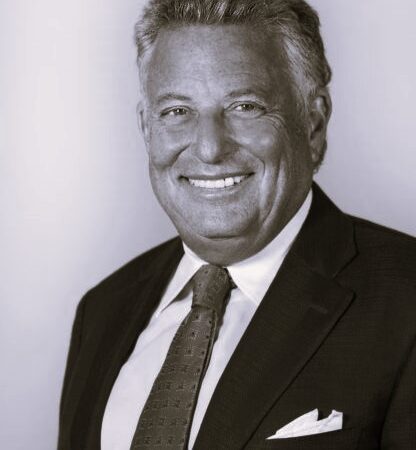Podcast Overview
Are you constantly worried about your Google Ads spend? Scared you are burning money? If you answered yes, this podcast is for you.
Performance Max is the latest advancement to trickle out of Google’s interface. It seems too good to be true and guess what? It is.
Poor management = poor return on investment. Don’t let this happen to you. Listen to our T-Shirt fanatic Henry Gill as he shares how you can make some juicy profit with this Advertising method.
eCom@One Presents
Henry Gill
Henry Gill is the Head of PPC at eComOne, an eCommerce Growth Agency. He is a true expert in his field and has managed hundreds of Google Ads accounts. Henry has scaled six-figure+ eCommerce companies with optimised Search and Shopping Ads.
In this episode, he discusses how the management of Google Ads has changed since he began years ago, budget shifts due to industrial uncertainty and where retailers are going wrong when it comes to accounting and how they can fix it. Find out what marketers can do if their products are disapproved and what steps you can take to ensure it doesn’t happen again.
Tune into this episode to learn about the detailed subject of Google Ad management and how your company can profit from bouncing off uncertainty. You can also hear Henry’s quick wins you can implement today to save money with Google Ads!
Topics Covered:
2:36 – Who Is Henry Gill And How He Joined eComOne
3:05- How Has Management Of Google Ads Shifted Over The Past 6 Years?
11:30 – Where Are Retailers Going Wrong When It Comes To Accounts?
14:25 – What Is Performance Max? Should Marketers Just Leave Google
To It?
15:55 – The Time It Takes For Performance Max To Truly Work
20:29 – Quick Wins Companies Can Implement Today To Save Money With Google Ads
24:27 – What Can Marketers Do If their Product Is Disapproved
31:47 – Are People Changing Budgets Due To Industrial uncertainty?
37:27 – Henry’s Prediction About The future Of Google Ads
41:09 – Where Is The Agency Industry Going?
45:50 – Book Recommendation – Atomic Habits by James Clear


